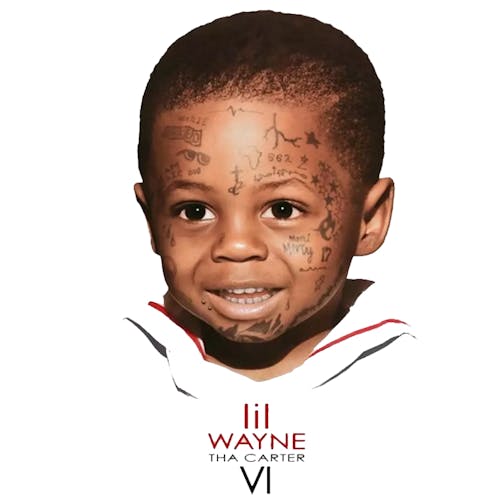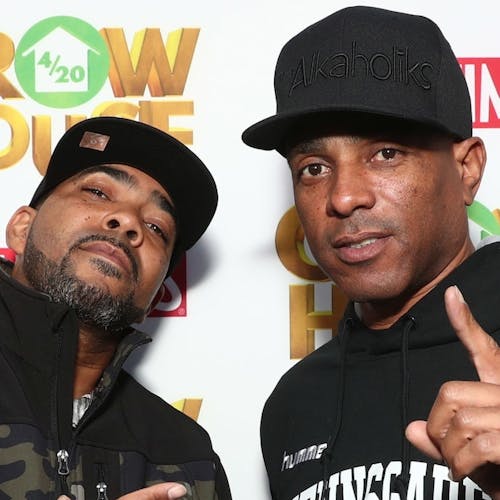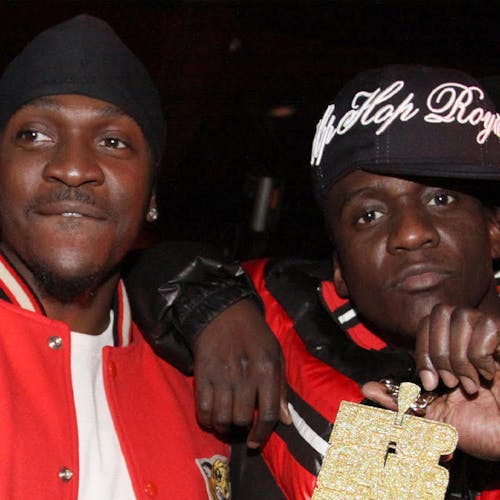
What Is Dynamics in Music?
Dynamics in music refers to the variation in loudness or softness of a sound or musical passage. It is an essential element of music production that can affect a piece's emotional impact and overall meaning.
Dynamics can range from very soft, almost inaudible sounds, to very loud, powerful sounds and everything in between.
Dynamics are often notated in sheet music using Italian terms like piano (soft), forte (loud), mezzo forte (moderately loud), and mezzo piano (relatively soft), as well as symbols like crescendo (gradually getting louder) and decrescendo or diminuendo (getting progressively softer).
One of the most obvious ways that dynamics can affect a piece of music is by creating contrast between different sections.
For example, a quiet, reflective verse can be followed by a loud, energetic chorus, creating a sense of tension and release. Dynamics can also draw attention to certain musical elements or instruments.
A sudden, loud accent can highlight a specific rhythm or melody, while a soft, gentle passage can emphasize a delicate, intricate texture.
In addition to their emotional impact, dynamics can also affect the physical experience of listening to music. Loud sounds can create a sense of excitement or even physical discomfort, while soft sounds can be soothing.
This is especially true in live music settings, where the sound pressure level can significantly impact the listener's experience.
Overall, dynamics are a crucial element of music that can affect everything from the emotional impact to the physical experience of listening.
By using a variety of dynamic levels and techniques, composers and performers can create a wide range of musical effects and convey various emotions and moods.
How Loud Is Too Loud?
When mastering a song, it's essential to consider the loudness of the final product. However, determining how loud is too loud can be a complex issue considering various factors.
The loudness of a mastered song is usually measured using the LUFS (Loudness Units Full Scale) meter. The optimal loudness level for a mastered song can vary depending on the genre, context, and the intended audience.
However, as a general guideline, the recommended loudness range for the music is around -16 to -9 LUFS for streaming platforms like Spotify and Apple Music.
Going beyond this range can lead to distortion, compression, and loss of dynamic range, resulting in a less enjoyable listening experience. Additionally, excessively loud music can cause ear fatigue, hearing damage, and other adverse health effects.
However, it's important to note that aiming for a specific LUFS value may not always result in the best-sounding master. The dynamic range, frequency balance, and overall mix of the song are also crucial factors to consider when mastering.
Ultimately, the loudness level of a mastered song should be determined based on the project's specific needs and goals and should consider both technical considerations and artistic decisions.
It's always a good idea to reference similar-sounding songs and consult a mastering engineer or experienced producer to achieve the best possible results.
How Is Mastering Hip-Hop Different From Other Genres?
Audio mastering of Hip-Hop music can differ from mastering other genres in several ways, requiring specific techniques to achieve the desired sound.
While dope Hip-Hop mixes can be cooked up in a home studio or a high-end professional studio (with multiband compressors, analog equipment, faders, and equalization tools), these features distinguish Hip-Hop production regardless of the setting.
Here are some key differences:
- Vocals: In Hip-Hop music, the vocals are often upfront and center and are a crucial element of the song and mastering chain. A mastering engineer working on a Hip-Hop track must ensure that the vocals are clear, punchy, and well-defined while also ensuring they don't overpower the instrumental.
- Low End: Hip-Hop music is known for its heavy bass and low-end frequencies. In mastering, it's crucial to balance the low frequencies so that the mix is powerful and impactful without being muddy or having boomy playback. A mastering engineer may use EQ and compression to achieve this balance.
- Loudness: Hip-Hop music often aims for a loud, upfront sound. However, it's essential not to sacrifice dynamic range or cause distortion in pursuit of loudness. A mastering engineer must carefully balance loudness and dynamic range to achieve the desired impact, sometimes using maximizers or reverb.
- Transients: Hip-Hop tracks often have sharp, punchy transients, particularly in the drums and percussion. A mastering engineer must be careful not to over-compress or squash these transients, resulting in a flat, lifeless sound.
- Multiband Compression: Multiband compression is a widespread technique in Hip-Hop mastering, as it allows the mastering engineer to control the balance and impact of different frequency ranges. This can be particularly useful in balancing the low end and achieving a powerful, impactful sound.
- Saturation: Saturation plugins can add warmth and harmonic richness to Hip-Hop tracks, particularly to the low-end and drums.
- Stereo Width: In Hip-Hop music, the stereo width of the mix can be an essential element, particularly in the synths and other instruments. A mastering engineer may use stereo widening plugins to enhance the width and depth of the mix.
Mastering Hip-Hop music requires an in-depth understanding of the genre and its specific production techniques. A mastering engineer must balance the technical aspects of loudness, frequency balance, and dynamic range with the artistic vision of the mix engineer and the artist.
This may involve using a range of plugins, presets, and other tools to achieve the desired sound while always keeping in mind the end goal of creating a compelling and impactful listening experience for subscribers and fans on platforms like Spotify.



